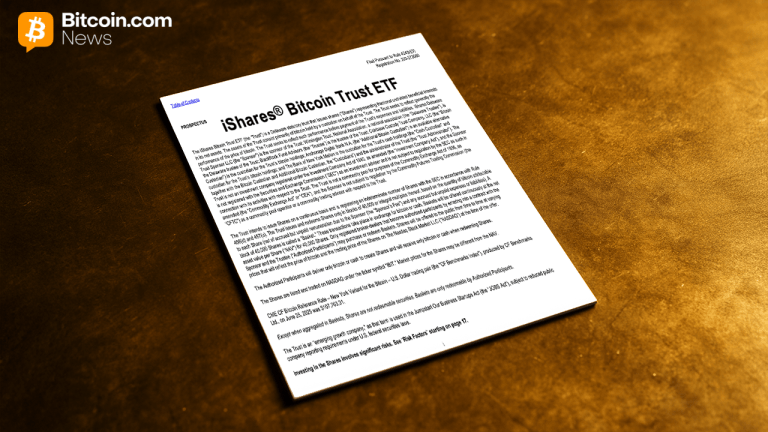Minnesota redeems stadium bonds two decades early
4 min read
Minnesota expects to save $226 million in interest payments due to its early payoff Monday of outstanding debt from a 2014 issue that covered the public tab for the Minnesota Vikings’ stadium.
The state enacted electronic pull-tab gambling to help repay a $498 million appropriation-backed bond issue with a final 2043 maturity for the NFL venue. After a slow start, the revenue stream picked up steam and exceeded projections.
The state will tap $366 million in available stadium surplus reserve funds plus funds from its general fund to redeem remaining bonds. “With the support of the Minnesota legislature, the state is making the most of that opportunity,” Minnesota Management and Budget said in statement.
The state is paying off the bonds by exercising early redemption provisions allowed in the bond documents effective this month.
The state is paying off $320.8 million of remaining series A bonds and $56.15 million of remaining series B bonds, according to a notice posted on the Municipal Securities Rulemaking Board’s EMMA website.
The early redemption will save $266 million in interest payments, and retirement of the debt means about $150 million in annual pull-tab gambling revenue that had flowed to the special stadium reserve will be redirected to the general fund and “can be used for any number of worthwhile purposes,” MMB said.
Minneapolis also was responsible for a repayment of a $150 million portion of the bonds and also gets some relief under the redemption plan laid out in the state tax bill approved by lawmakers this spring.
Gov. Tim Walz first unveiled the payoff plan earlier this year as part of the biennial budget and legislative package he sought. Lawmakers signed off on it before adjourning.
Minnesota authorized the debt in 2012 and sold the general fund appropriation bonds for the $1 billion U.S. Bank Stadium after years of contentious debate over public subsidies and fears that the team would move to Los Angeles or somewhere else. The team covered about half the costs.
The state carved out a series of revenue sources to repay the bonds. At first, the earmarked gambling revenues were lackluster and the state stressed with investors that no specific revenue stream was actually pledged to the bonds but instead a sturdier general fund appropriation pledge. The pull-tab revenue has since surged.
The state provided a loan to Minneapolis to cover its costs which the city is repaying from a share of an existing 0.5% convention sales and hospitality tax. Under the state tax bill paving the way for redemption of the bonds, Minneapolis’ debt is not forgiven but the city does get a break.
The state is refinancing the city’s loan, cancelling interest, which provides about $6.2 million in annual savings with another $2.5 million in annual savings expected from a forgiveness of loan payments already made.
The new tax law also caps the city’s share of the contribution towards the stadium to 3% of the hospitality taxes and specifies that it must be used for capital expenses for U.S. Bank Stadium.
“This change in the formula, combined with the debt relief, will save Minneapolis taxpayers an estimated $350 million through 2046,” Chief Financial Officer Dushani Dye said in an email.
The 65,000-seat stadium opened for the 2016 season. It was built on land adjacent to the team’s former home, the Hubert H. Humphrey Metrodome.
The bond sale was originally expected in 2013 but it was put off as the public agency overseeing the construction process, the Minnesota Sports Facilities Authority, finalized various construction agreements with the Vikings, who signed a 30-year lease.
Lawmakers also this year signed off on $15.7 million for initial costs for a perimeter fence being built around the stadium. An additional $48 million is needed for the next phase. The funding of future infrastructure updates also must be decided in the coming years. A recent architectural report released by the stadium authority concluded that $280 million in work is needed to keep the stadium in good condition.
“We celebrate good news for the community and U.S. Bank Stadium as earlier today, Minnesota Management and Budget announced that the state of Minnesota has paid off the stadium’s bonds and settled the construction debt significantly ahead of schedule,” the sports authority said in a statement.
The authority appreciates $15.7 million in funding for the secured perimeter project and “as stewards of this facility, we look forward to further discussions with the governor and legislative leaders to review and plan for ongoing needs in an effort to maintain and preserve U.S. Bank Stadium as a world-class venue,” authority board chair Michael Vekich said in the statement.







